In the pursuit of polished perfection, our nails often demand attention. Yet, nail fungus, scientifically known as onychomycosis, remains a common yet frequently ignored nail concern. This fungal nail infection can be deeply frustrating, turning healthy nails into an unsightly source of worry. If you find yourself asking, "why are my nails yellow at the tips ," or suffering from a nail that is constantly splitting and you're wondering, "why are my nails breaking ," a fungal infection could very well be the culprit. Understanding this condition is the first crucial step to finding an effective nail fungus treatment.
01Understanding Nail Fungus
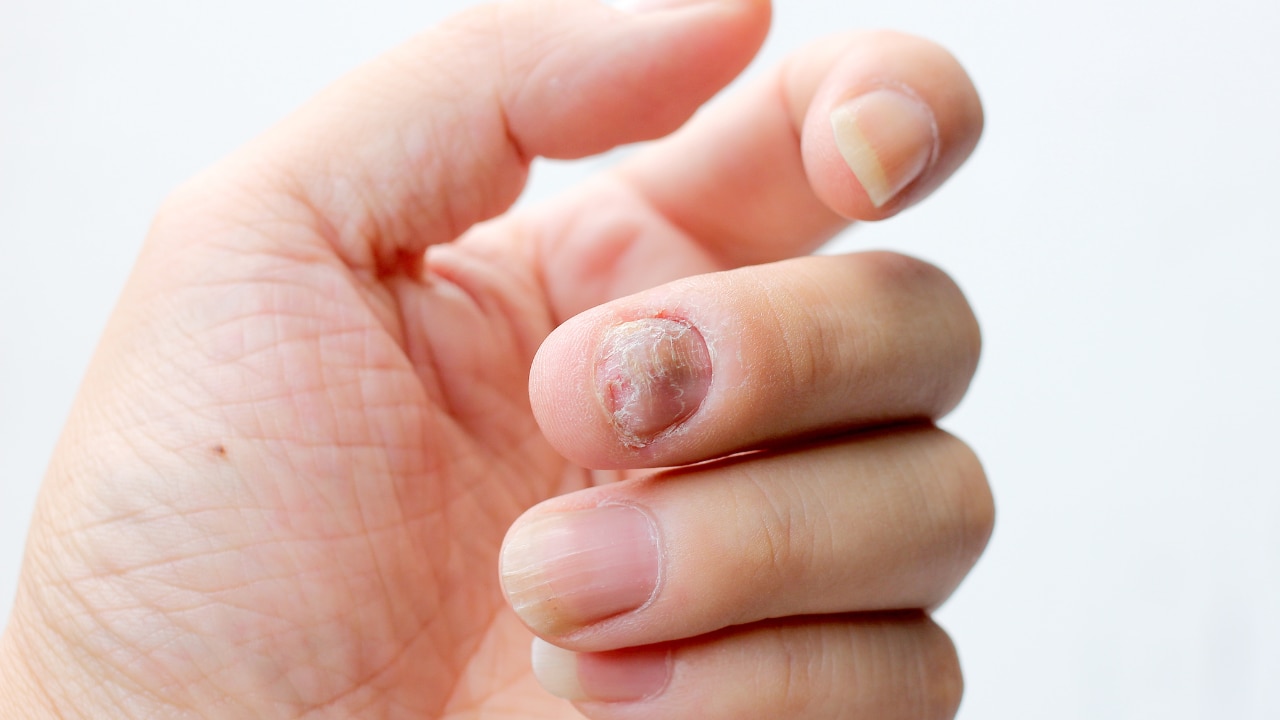
Nail fungus is an infection that typically develops slowly over time, caused by various fungal organisms (most commonly dermatophytes, yeasts, or moulds) that thrive in warm, moist environments. It often starts as a small, white or yellow spot under the tip of the nail, but as the fungal nail infection treatment progresses, it can affect the entire nail.
Common Signs of Nail Fungus:
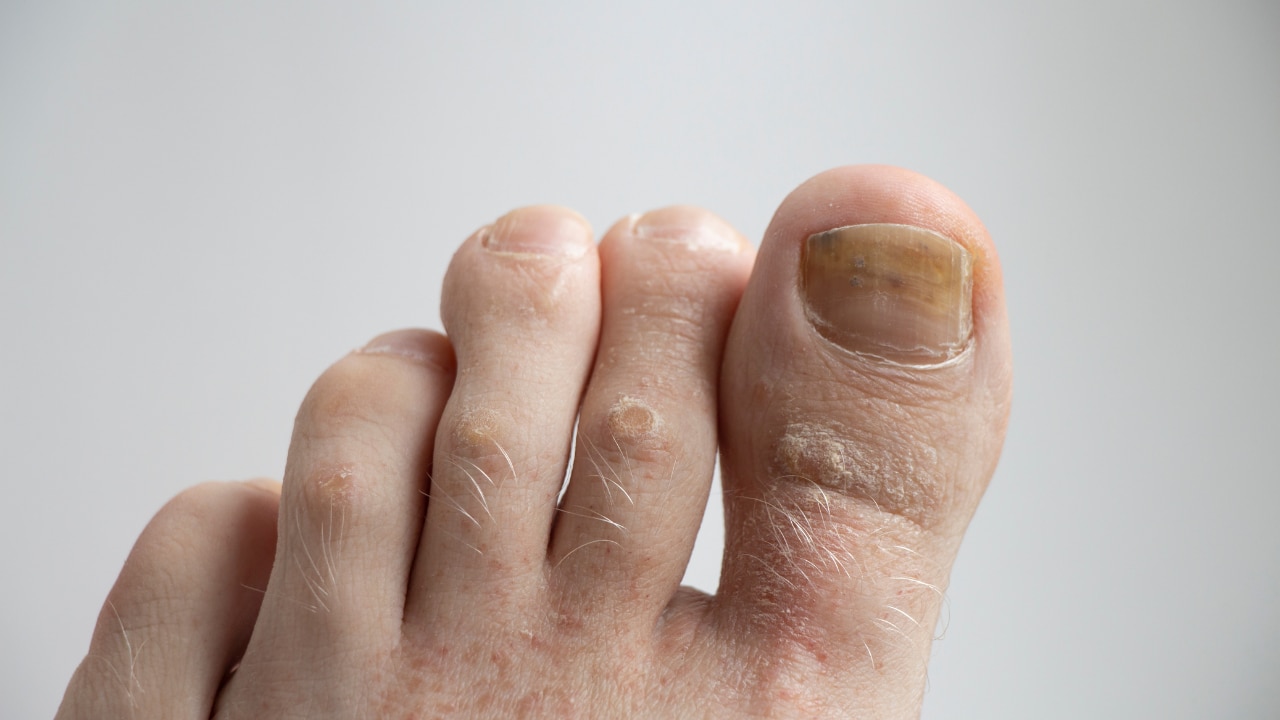
- Discoloration:
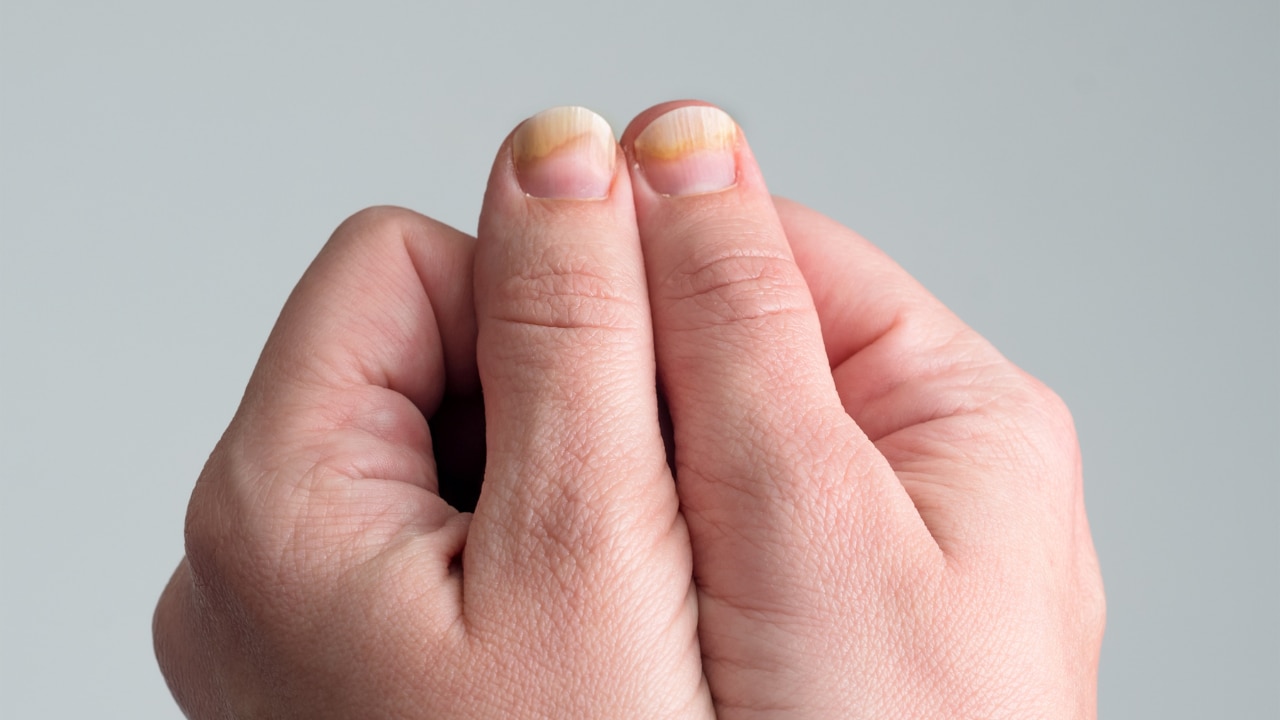
The nail turns yellow, brown, or white.
- Thickening:

The nail becomes significantly thicker.
- Brittle, Crumbly Edges:

The nail edge crumbles easily and may lift away from the nail bed.
- Distorted Shape:

The nail may become misshapen.
- Dullness:
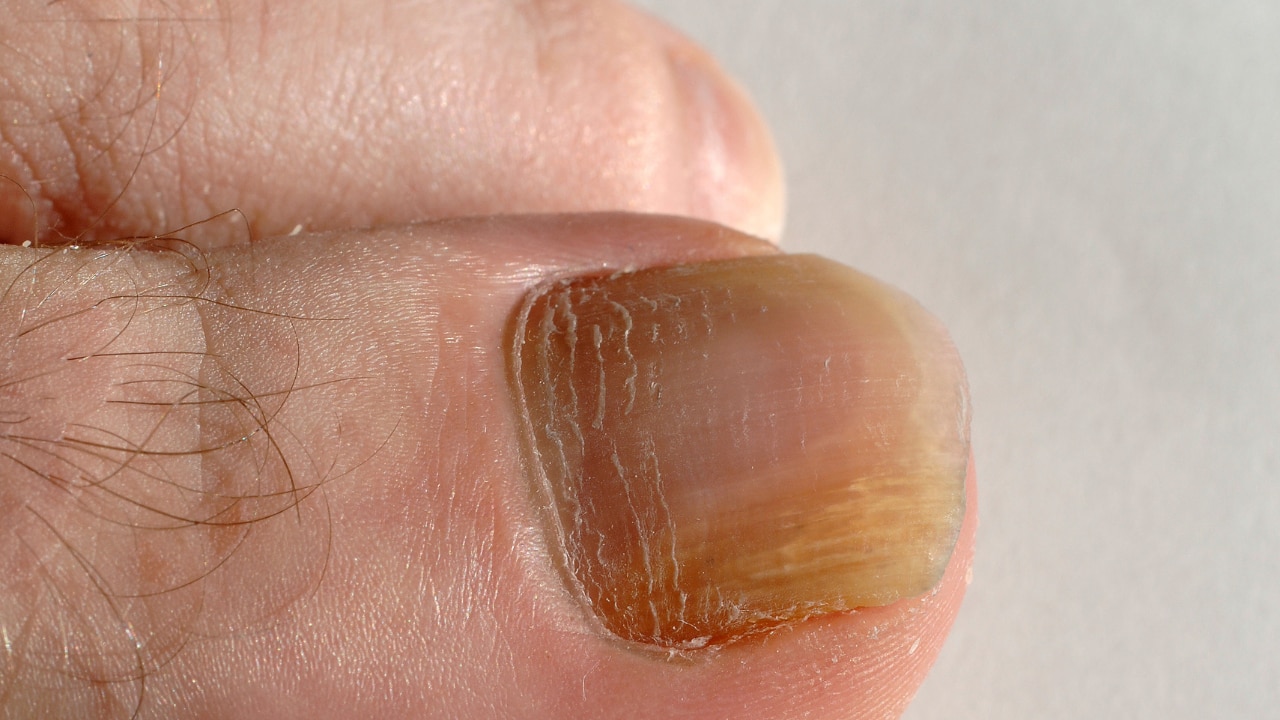
A loss of natural shine.
- Dark debris:
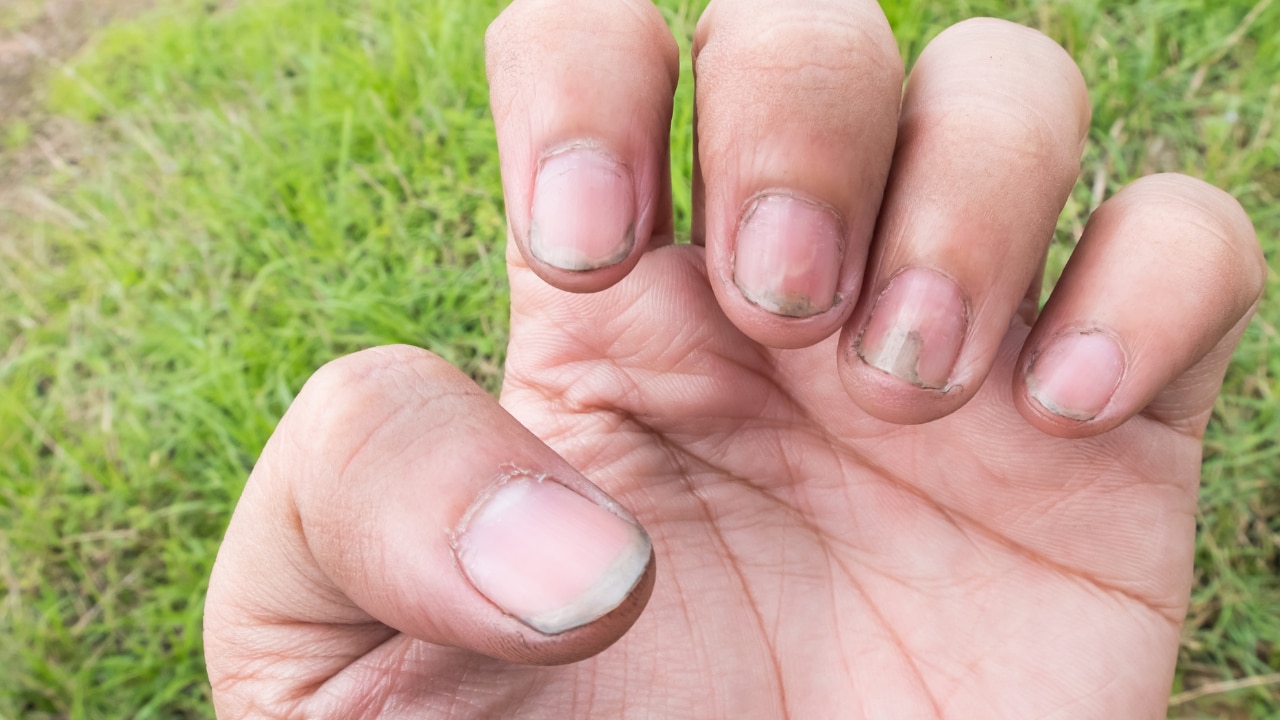
building up under the nail.
02Common Causes of Yellow and Fungal Nails
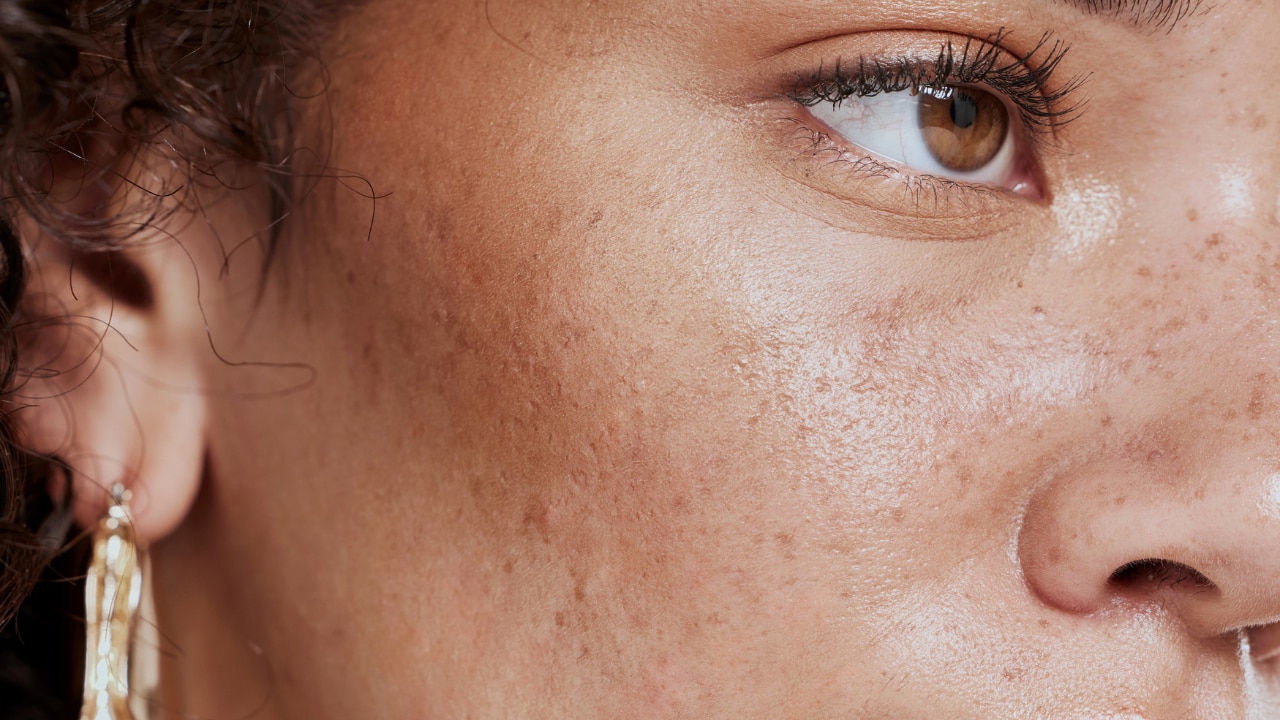
Fungal infections thrive on opportunity. Here are the most frequent causes that lead to the development of this pesky issue:
- Warm, Moist Environments:
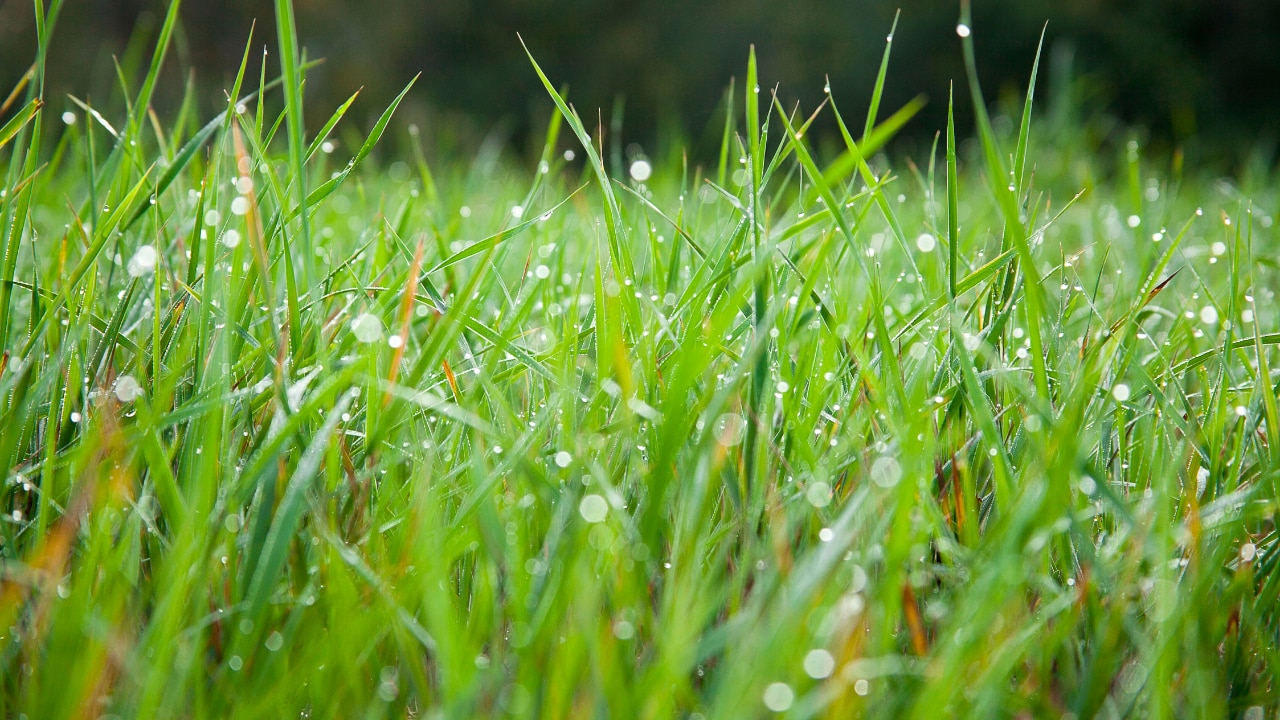
Prolonged exposure to dampness, such as wearing sweaty shoes or wet socks for extended periods, creates the perfect breeding ground for fungi.
- Public and Communal Areas:

Walking barefoot in public showers, locker rooms, and swimming pools exposes your feet to contagious fungal spores.
- Minor Nail Trauma or Injury:

Small cuts or injuries to the nail or the surrounding skin can allow fungi to enter the nail bed. This is often how the fungus gets in, making you search for "how can i get rid of nail fungus."
- Age and Underlying Health Conditions:

As we age, blood circulation decreases and the nail grows slower. Conditions like diabetes, poor circulation, and a weakened immune system also increase susceptibility to infection.
- Unsanitary Nail Salons:
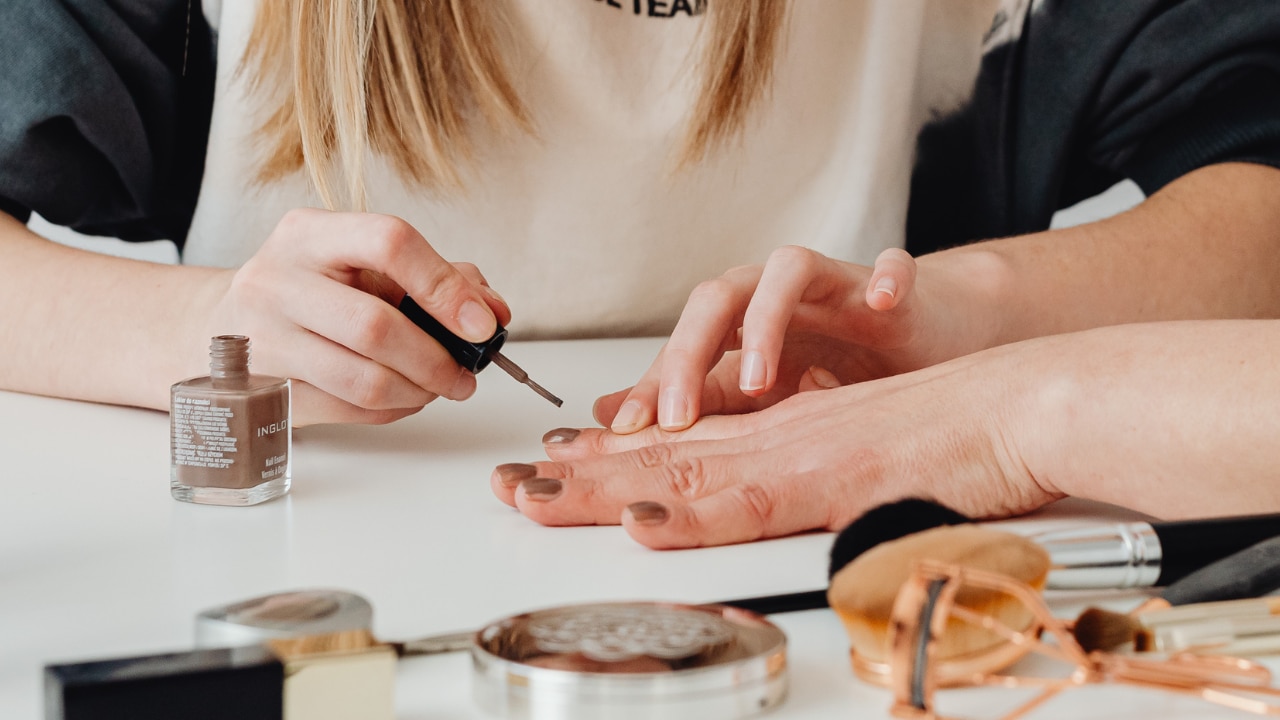
Tools that are not properly sterilised between clients can easily transfer a fungal nail infection treatment from one person to another.
In some cases, yellow nails or certain patterns like why lines in nails (Beau's lines) can be signs of other underlying conditions, but when combined with thickening and crumbling, fungus is the most likely diagnosis.
03Easy Fixes and Home Remedies For Nail Fungus

While a persistent infection may require a dedicated antifungal product or even professional help, there are several tried-and-tested natural remedies that can help in the fight to cure fingernail fungus fast and prevent recurrence. For any home remedy, consistency is key, and it must be applied directly to and under the affected nail.
- Tea Tree Oil:
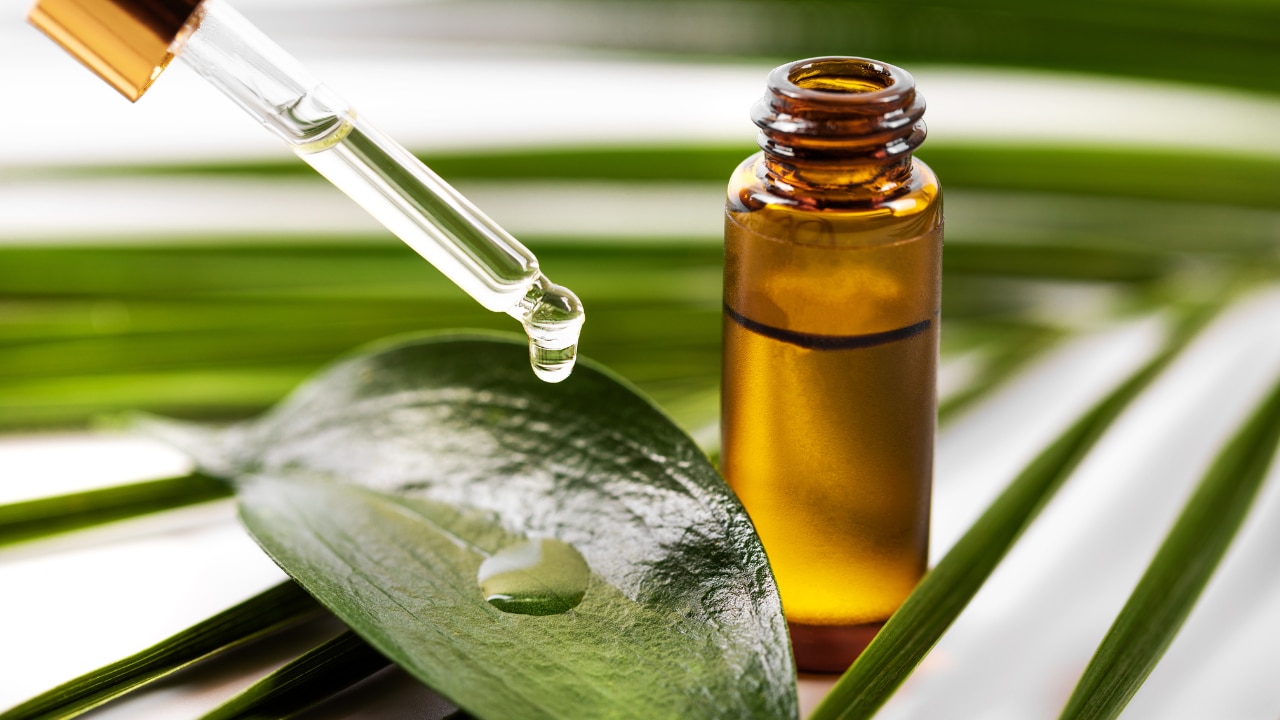
Known for its potent antifungal and antiseptic properties. Dilute a few drops of pure tea tree oil with a carrier oil (like coconut oil) and apply it directly to the affected area twice a day.
- Apple Cider Vinegar (ACV):

The mild acidity of ACV helps to create an unfriendly environment for the fungus. Use it in a soak (see below) or apply it directly, diluted with water, to the nail.
- Vick's VapoRub:
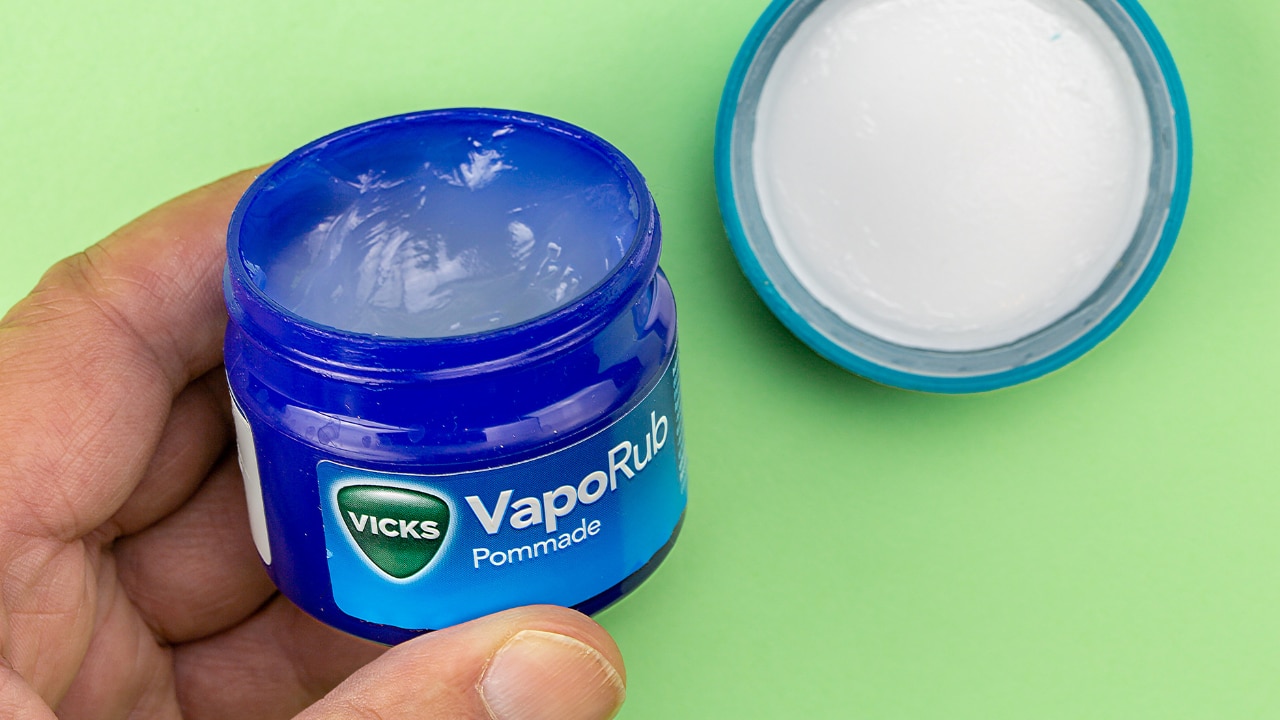
This common chest rub contains camphor and eucalyptus oil, which have been noted to have mild antifungal effects when rubbed onto the infected nail once a day.
- Oregano Oil:
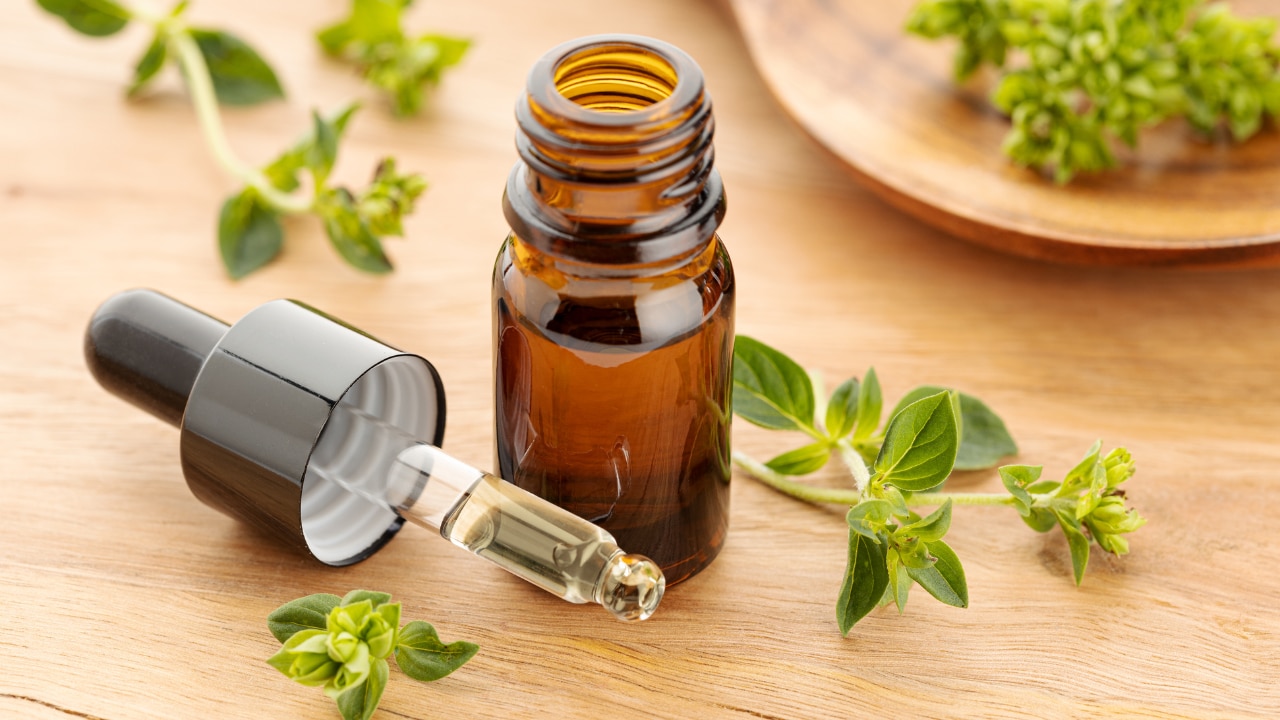
Contains thymol, a powerful natural antifungal. Dilute it heavily with a carrier oil before applying, as it can be very strong.
- Garlic Paste:
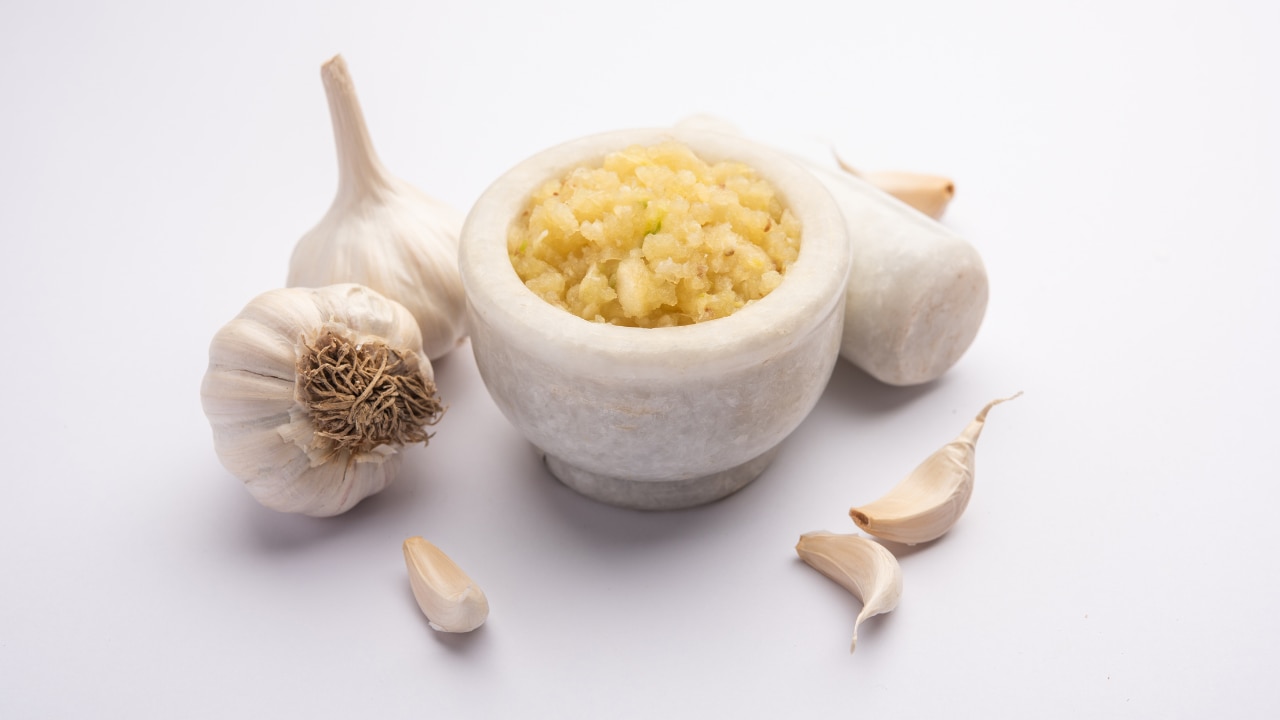
Allicin, the compound that gives garlic its distinctive smell, has antifungal properties. Crush a few cloves, mix with a small amount of olive oil, and apply the paste to the nail for 30 minutes daily before rinsing.
- Coconut Oil:

The caprylic acid in coconut oil acts as a natural fungicide. Apply a small amount to the nail and surrounding skin; it also helps to moisturise the nail, which is beneficial if you're experiencing brittle nails or asking "why are my nails breaking."
For a quick and convenient option, consider over-the-counter nail fungus treatment solutions, such as topical antifungal lacquers or creams. These are specifically formulated to penetrate the nail and provide a focused how to cure nail fungus solution, helping to remove nail fungus more swiftly than some home remedies alone.
04Preventive Nail Care Tips
The best cure is prevention. Adopting these easy-to-follow habits will help keep your nails healthy and fungus-free.
- Keep Nails Short and Clean:
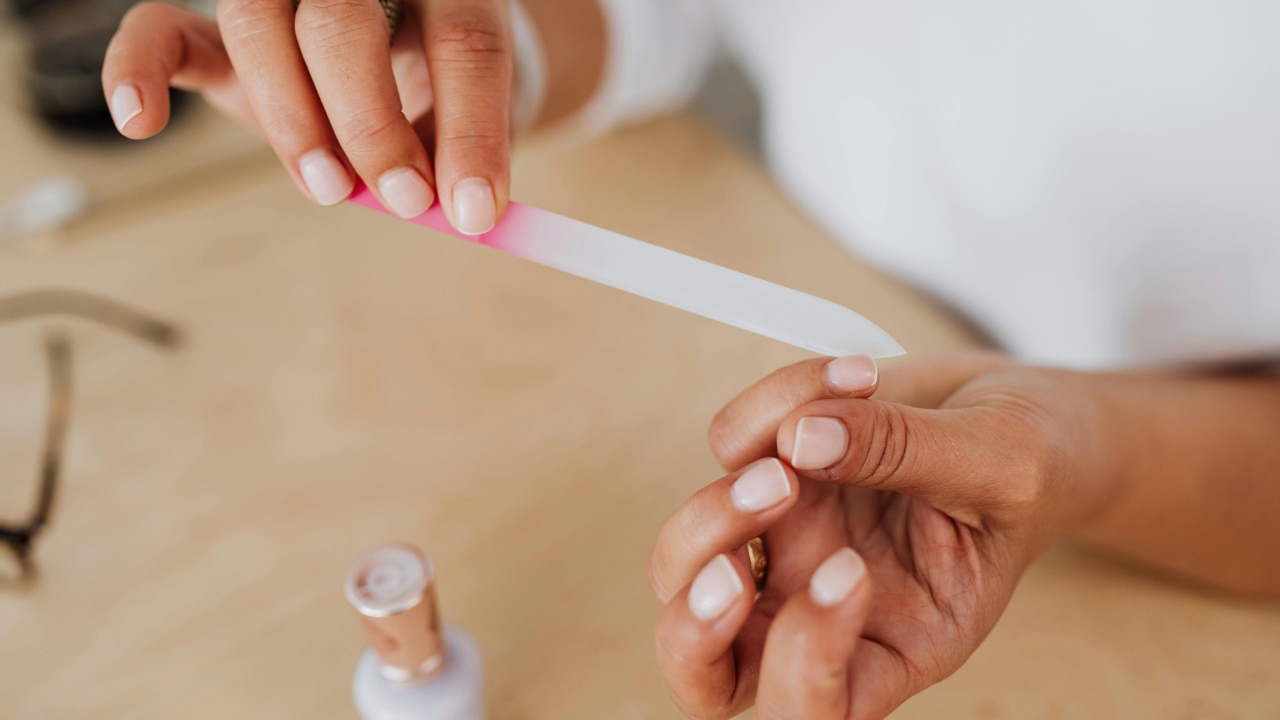
Regular trimming (cutting straight across) and cleaning under the nail will minimise the surface area where fungi can accumulate.
- Dry Feet Thoroughly:

After bathing or swimming, meticulously dry your feet, especially between the toes.
- Wear Breathable Footwear:
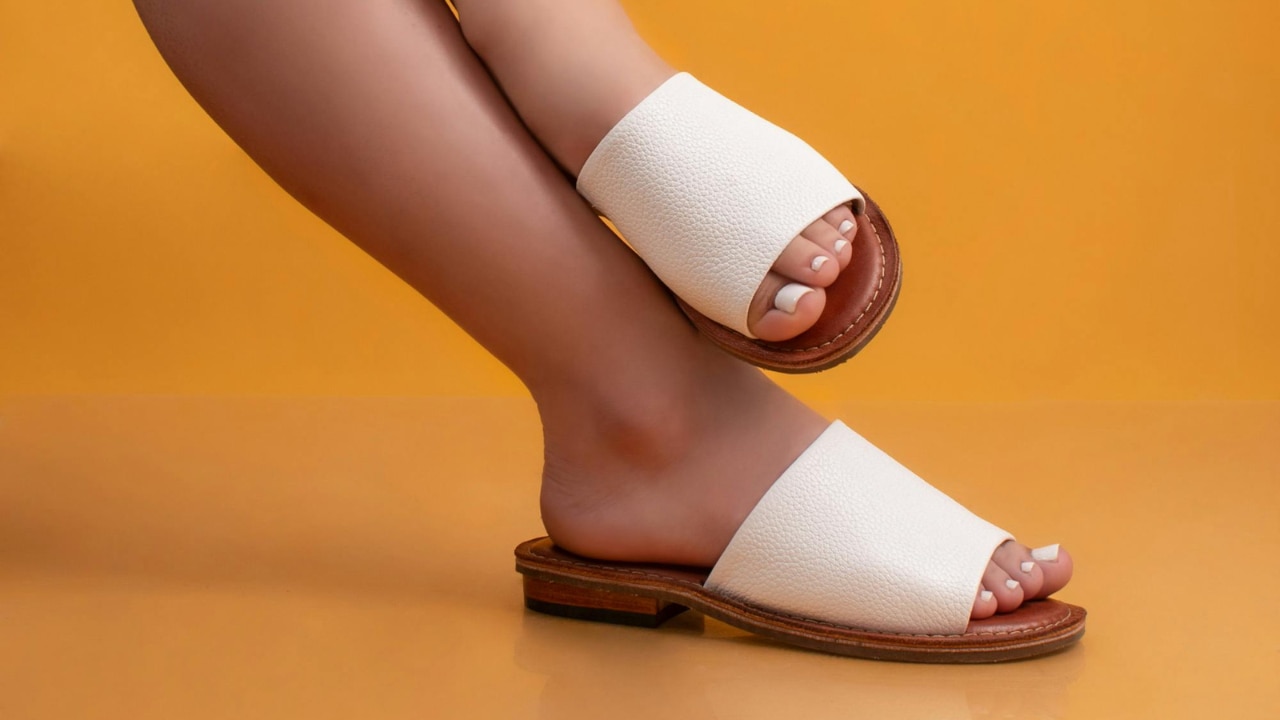
Choose shoes made from natural, breathable materials (like leather or canvas) and opt for moisture-wicking socks. Change socks daily, or more frequently if your feet sweat.
- Protect Your Feet in Public:

Always wear flip-flops or shower sandals in public changing rooms, showers, and pools.
- Sterilise Nail Tools:
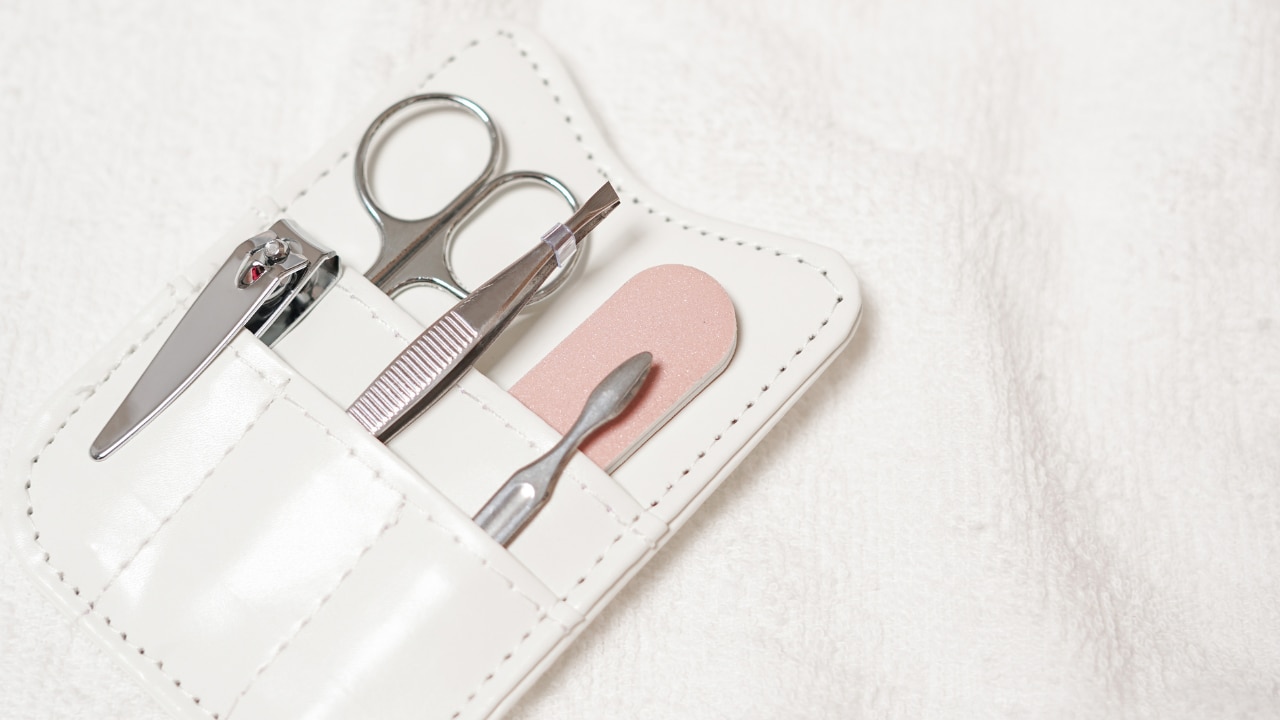
Disinfect all nail clippers, files, and scissors after each use. If you visit a salon, ensure they use sterilised equipment or take your own set.
- Avoid Excessive Polish and Artificial Nails:
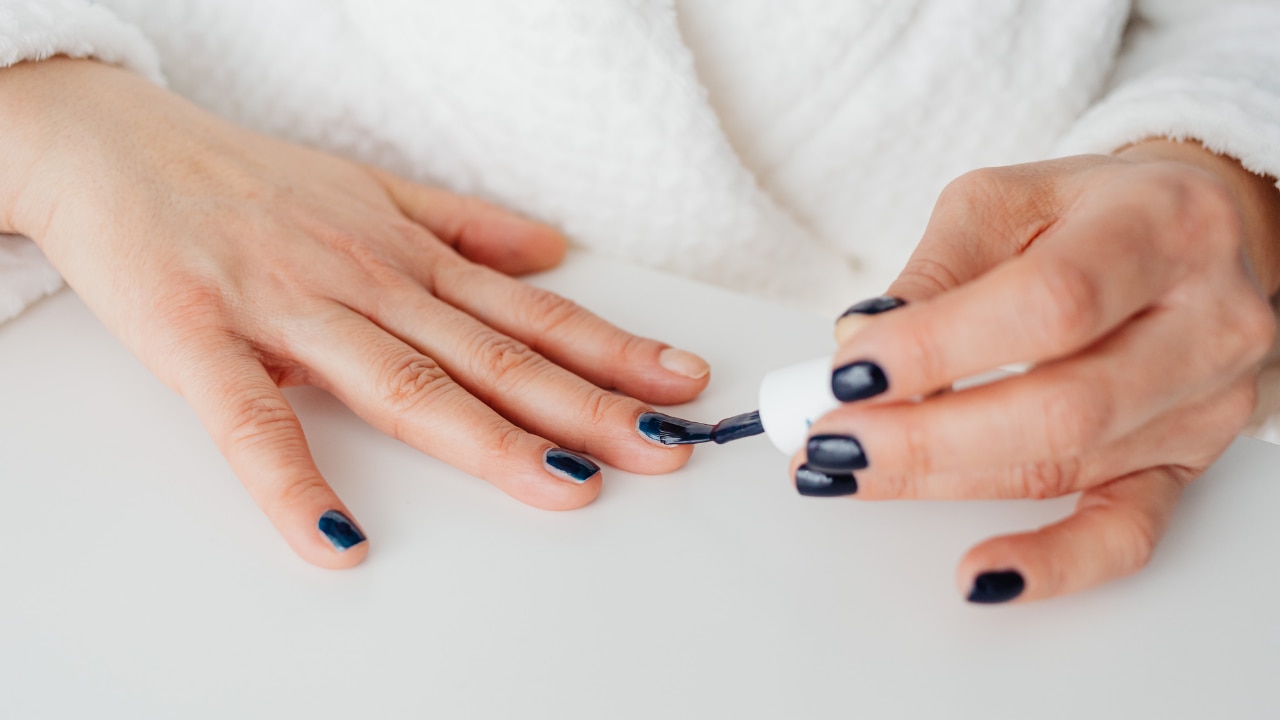
Give your nails a 'rest' from nail polish or artificial nails, as these can trap moisture and mask an infection, delaying treatment.
05DIY Nail Soak Recipes
Nail soaks can be a relaxing and effective step in your routine to remove nail fungus and promote healing.
1. Apple Cider Vinegar (ACV) & Water Soak
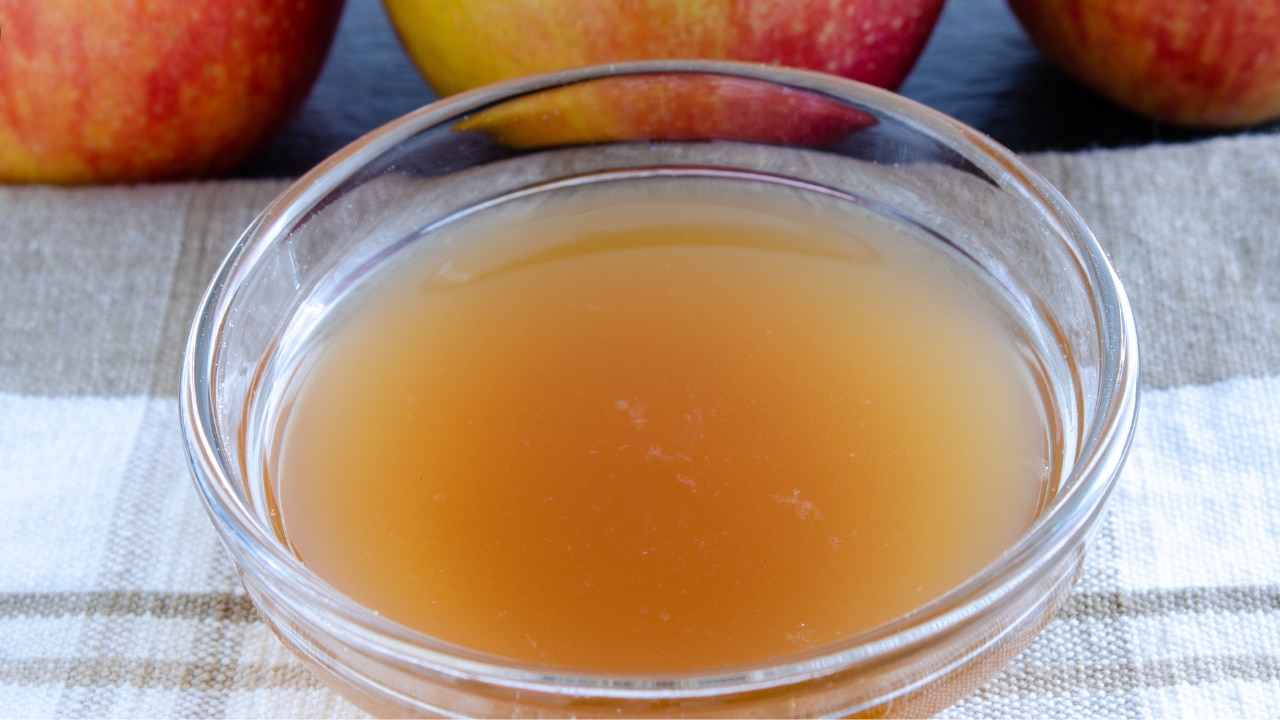
- Ingredients: 1 part Apple Cider Vinegar, 1 part Warm Water.
- Method: Mix the ingredients in a basin. Soak the affected nails for 15-20 minutes daily. Pat dry thoroughly afterwards.
2. Epsom Salt & Essential Oil Soak
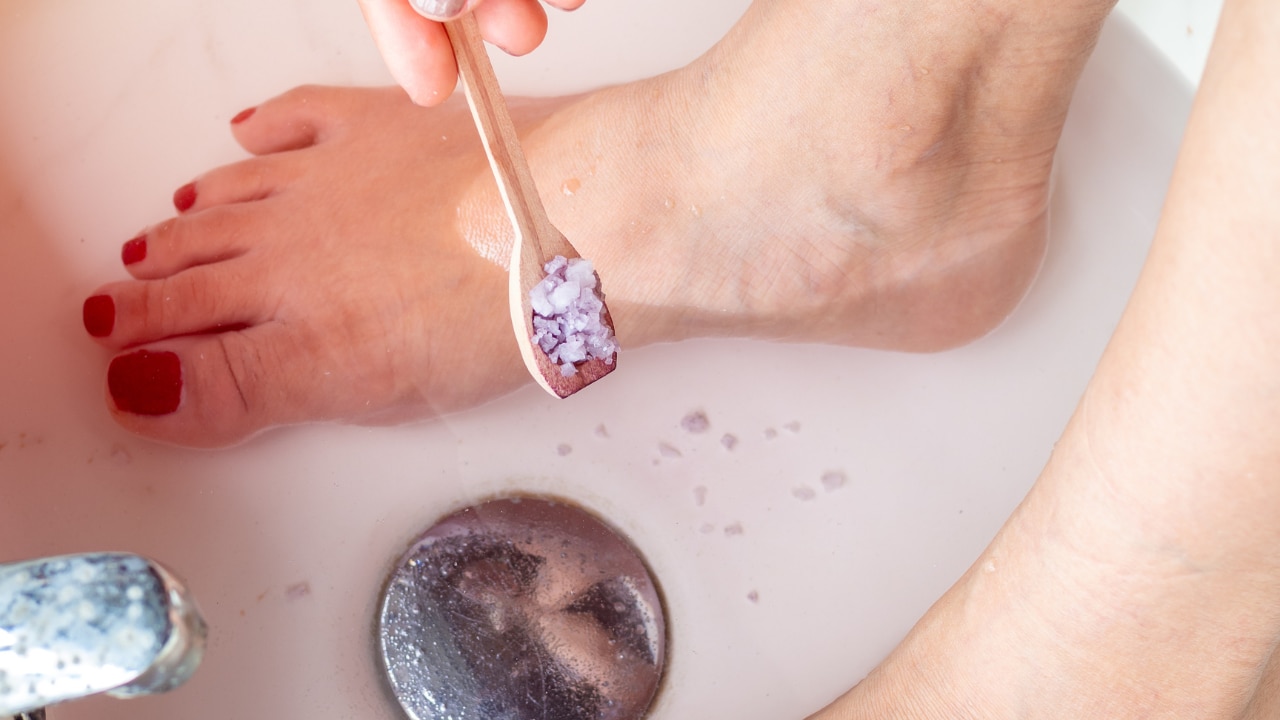
- Ingredients: 1 cup Epsom Salt, 2-3 litres of Warm Water, 5 drops of Tea Tree Oil, 5 drops of Lavender Oil.
- Method: Dissolve the Epsom salt in the warm water. Add the essential oils and swirl to mix. Soak your feet or hands for 20 minutes. Epsom salt can help to draw out moisture and relieve inflammation.
06Natural Nail Care Routine for Maintenance
A consistent hygiene regime is essential for both preventing and managing fungal nail issues.
Daily Regime (AM & PM):
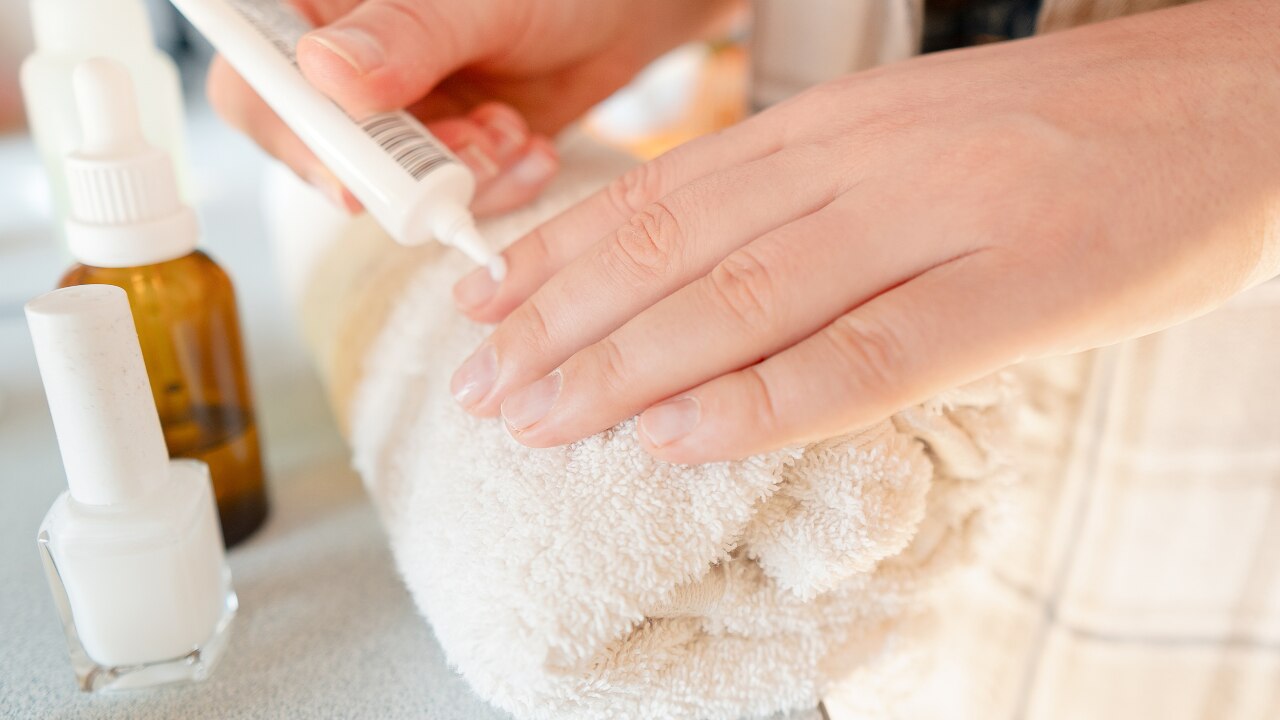
- Cleanse: Wash feet and hands thoroughly with soap and water.
- Dry: Pat the area completely dry.
- Treat (AM/PM): Apply your chosen over-the-counter fungal nail infection treatment or natural remedy (e.g., diluted Tea Tree Oil) directly to the affected nail and surrounding skin.
- Protect (AM): Dust a tiny bit of antifungal powder inside shoes and socks before wearing them.
Weekly Regime:
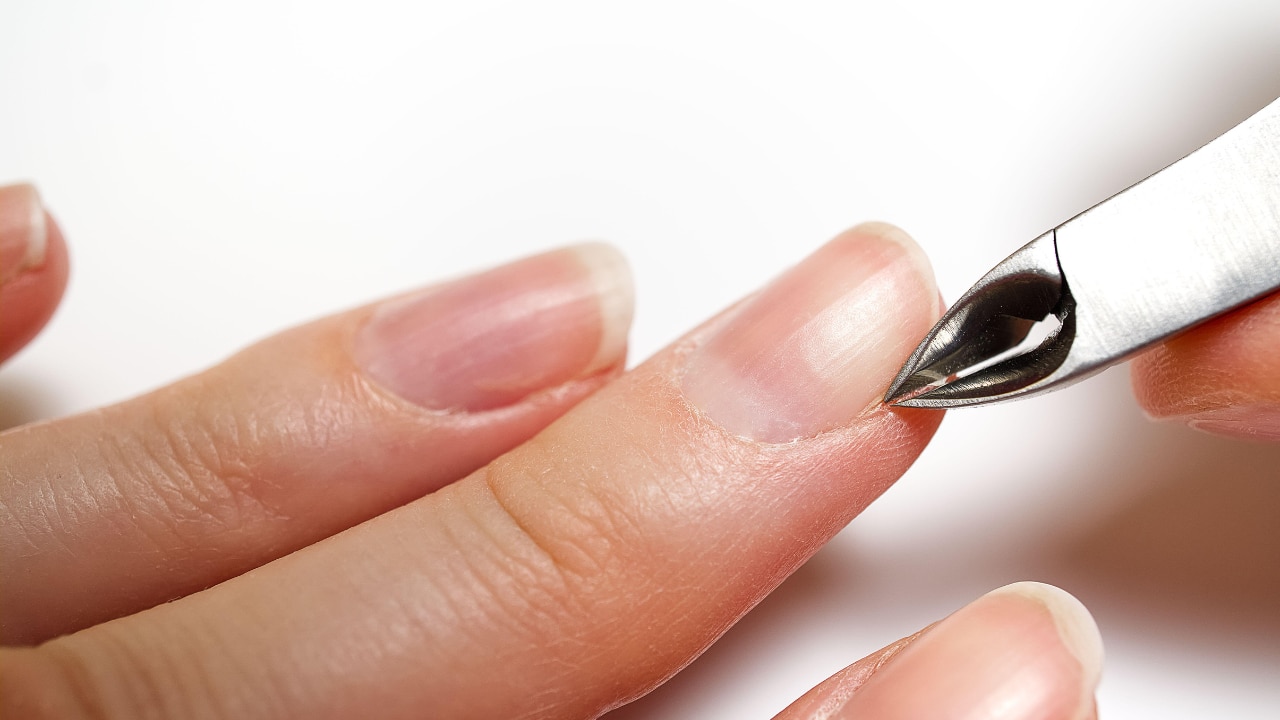
- Soak: Perform a 15-20 minute ACV or Epsom Salt soak.
- Trim: Carefully trim nails straight across and file down any thickened parts. Always sterilise your tools afterwards.
07Conclusion

Nail fungus may be a common complaint, but it is not a life sentence. By committing to a strict hygiene routine, utilising effective home remedies, and consistently applying a dedicated nail fungus treatment — whether natural or over-the-counter—you can effectively fight the infection and promote the growth of clear, healthy nails. Be patient and persistent; with the right care, you can finally say goodbye to yellow, brittle nails and welcome back the polished perfection you desire.
08FAQs
Q: How long does it take to see results from a nail fungus treatment?
A: Nail fungus is notoriously stubborn. Even with a dedicated how to cure nail fungus fast regime, it can take months, as treatment must continue until the infected nail is completely replaced by a new, healthy nail. Fingernails grow faster than toenails, so treatment may take 4-6 months for hands and 9-18 months for feet.
Q: Why are my nails brittle and breaking (why lines in nails)?
A: Brittle nails can be caused by the fungus itself (as the infection breaks down the keratin), or by trauma, or nutritional deficiencies. Vertically why lines in nails form are usually just harmless signs of ageing, but horizontal lines (Beau's lines) can indicate a growth disturbance.
Q: When should I see a doctor?
A: If the infection is severe, painful, spreads rapidly, or if you have an underlying condition like diabetes, you must consult a GP or a podiatrist immediately.








